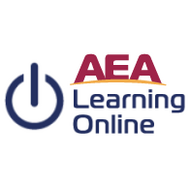Discover MyPlate: Nutrition Education for Kindergarten
(View Complete Item Description)Discover MyPlate is fun and inquiry-based nutrition education that fosters the development of healthy food choices and physically active lifestyles during a critical developmental and learning period for children — kindergarten. Contains: Teacher guide, Emergent Reader Mini Books and teacher edition, Reach for the Sky song, Food Group Friends profile cards, Food cards, Look and Cook recipes, student workbook, the Five Food Groups poster, parent handouts and Discover MyPlate graphics
Material Type: Activity/Lab, Lesson, Lesson Plan, Reading




















